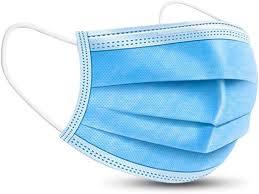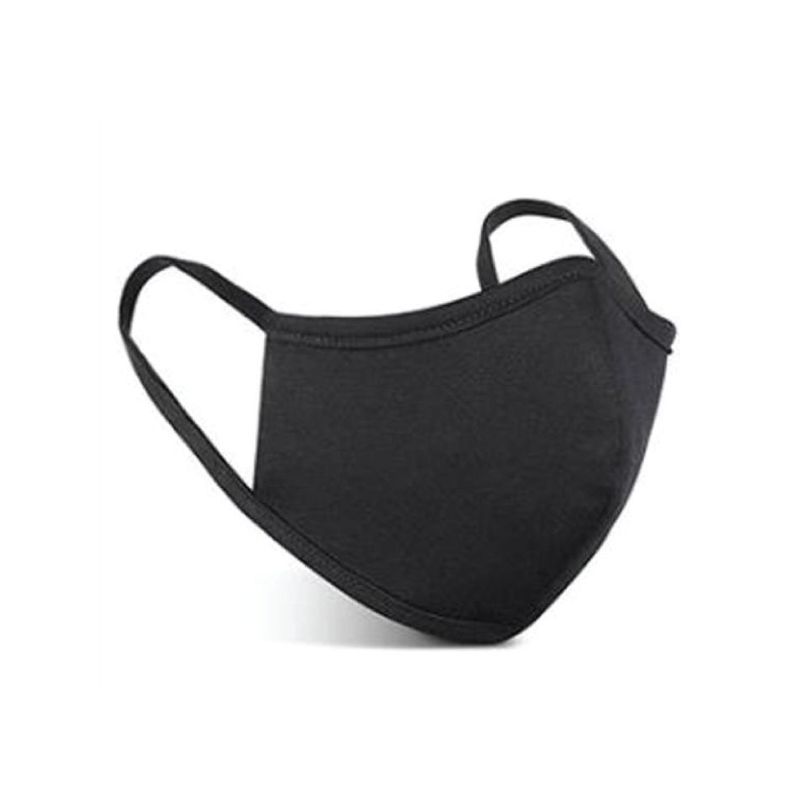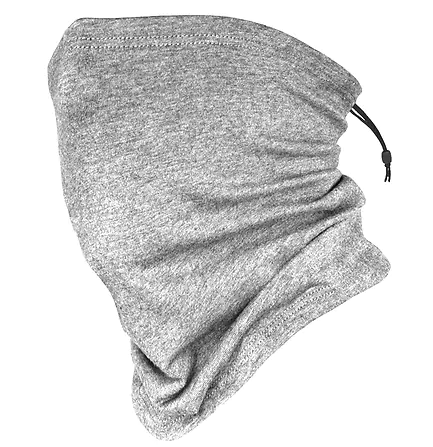While there is still much we need to learn about COVID-19, we do know that the best, most reliable, and cheapest way to stem its spread is by doing two simple things: wearing a mask and staying socially distant.
In many cases of infectious disease, it is the healthcare workers who are on the front lines every day, putting themselves at risk. A pandemic, however, changes things. Today, everyone — me, you, colleagues, neighbors, family members, friends, and strangers — are on the front lines. Each and every one of us is the best defense we currently have in slowing the propagation of this horrible disease. How we behave has an immediate effect.
Use your best judgment.
There are some instances where you should use your best judgment. For example, my girlfriend and I go to a park to feed some ducks regularly. It’s a way for us to get some fresh air and a change of scenery. While we’re on the walking path to the lake, we often pass other people. So, we wear a mask out of courtesy. Once we get to our spot by the lake, we’re usually the only ones around and can take our masks off.
To determine when and where it’s safe or appropriate to remove your mask, ask yourself, “Is it easy to maintain a distance of six feet between me and others?” If the answer is no, wear a mask.
So please: keep a mask handy, keep your distance.
We will get through this together.
Mask and Accessibility Guidance
Manufactured non-woven material 3 ply filter with elastic loops that covers nose and mouth.
Consider if thicker cloth masks cause difficulty breathing.

Manufactured or homemade fabric mask with multiple layers designed to cover nose and mouth.
Medical-grade masks and personal protective equipment should be reserved for medical personnel. The use of cloth face coverings does not replace the need to maintain six feet of physical social distancing, to clean and disinfect frequently touched surfaces routinely, to stay home when sick, and to practice frequent handwashing.

A face shield is designed as a head band with a clear material over the face that extends to the chin or below and provides some protection to eyes, nose and mouth.
A face shield can be worn as personal protective equipment in addition to a mask. it is an option of last resort when a mask is not accessible and considerations are needed for effective communication with those who are deaf or hard of hearing.

A neck gaiter is a closed tube of fabric that can be worn about the neck and can be pulled over the mouth and nose.
New data show that neck gaiters can be effective face coverings. A double layer gaiter is superior to a single layer gaiter and they should be worn in this way.

